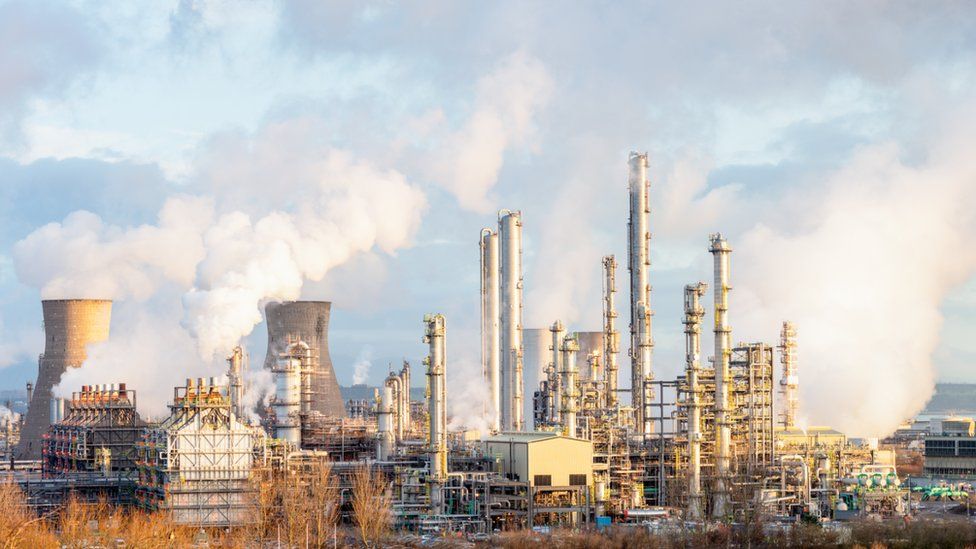ARTICLE AD BOX
 Image source, Getty Images
Image source, Getty Images
Scotland's only oil refinery could cease operations as soon as 2025 under plans announced by owners Petroineos.
The company said Grangemouth had been facing significant challenges because of global market pressures.
Petroineos said it aims to turn the site into a fuels import terminal. Work to transform the site is expected to take 18 months.
About 500 people are directly employed at Grangemouth.
The company said it was working closely on this project with a "range of interested parties", including the Scottish and UK governments, and said it would provide more information in due course.
Franck Demay, Chief Executive Officer at Petroineos Refining, said it was "business-as-usual" for the time being.
He said: "As the energy transition gathers pace, this is a necessary step in adapting our business to reflect the decline in demand for the type of fuels we produce.
"As a prudent operator, we must plan accordingly, but the precise timeline for implementing any change has yet to be determined. "This is the start of a journey to transform our operation from one that manufactures fuel products, into a business that imports finished fuel products for onward distribution to customers."
Image source, Getty Images
Image caption,Ineos bought the Grangemouth in 2005
Oil operations at Grangemouth can be traced back to 1919, with the refinery established in 1924. It was one of the first crude oil refineries in the UK.
Ineos - a company owned by one of Britain's richest men Jim Ratcliffe - bought Innovene, owners of the Grangemouth site, in 2005 in a £5bn takeover.
While the petrochemical plant is wholly owned by Ineos, the refinery is owned by Petroineos - a joint venture between Ineos and PetroChina.
In 2019 plans were announced to build a £350m energy plant at the Grangemouth site, as part of a £1bn investments in the UK oil and chemical industries.
According to the Petroineos, the refinery is responsible for 4% of Scotland's GDP and approximately 8% of its manufacturing base.
It is the primary supplier of aviation fuel for Scotland's main airports, and a major supplier of petrol and diesel ground fuels across the Central Belt.
The 1,700-acre site supplies 70% of the fuel to Scotland's filling stations as well Northern Ireland and the north of England.
It also provides power to the Forties oil pipeline, which brings oil and gas ashore from the North Sea.

 1 year ago
32
1 year ago
32








 English (US) ·
English (US) ·